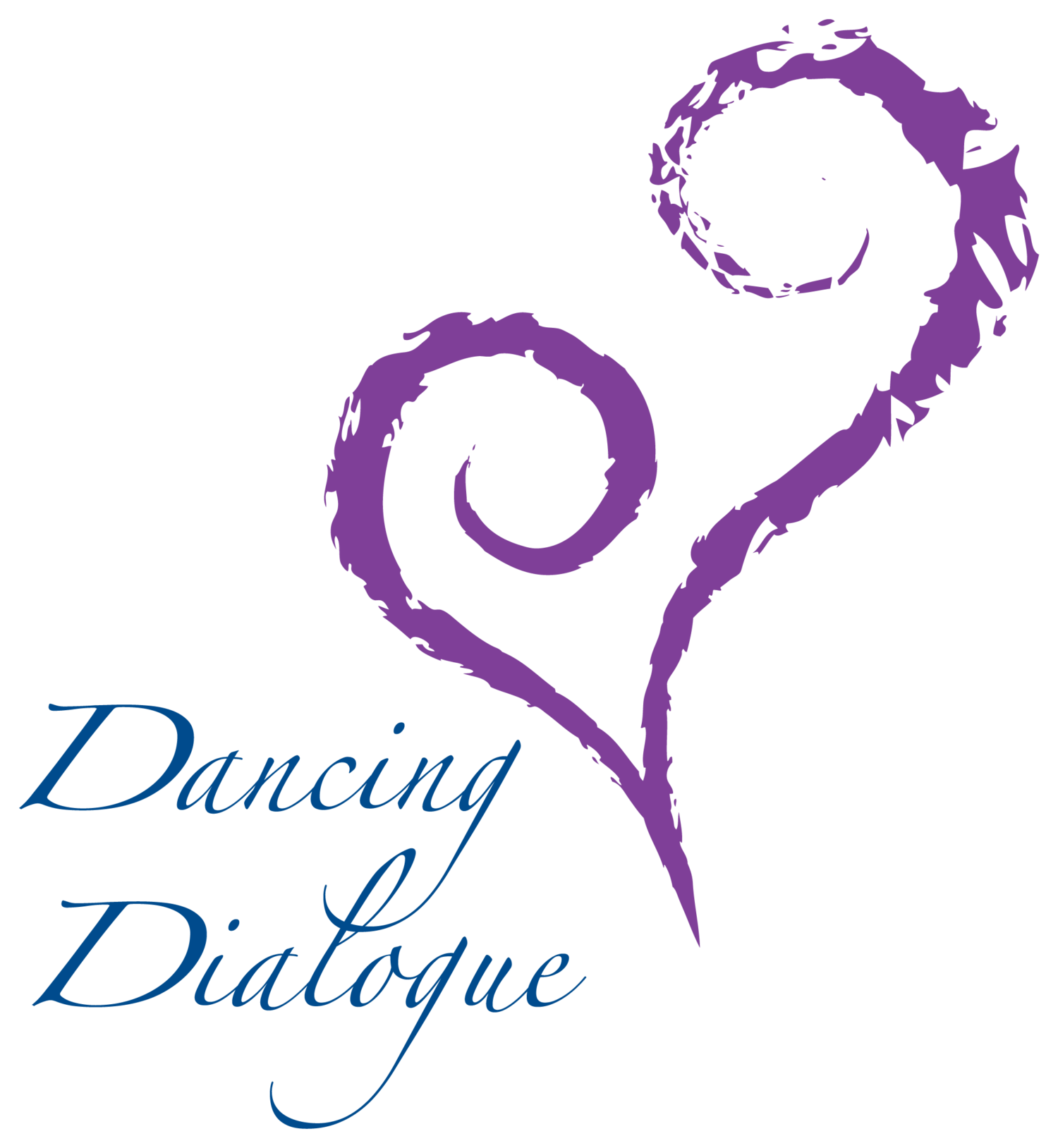Dr. Suzi Tortora
Emotions In Motion – Focus on Autism:
Using Movement and Nonverbal Cues to Support Development
- Identify intervention strategies to help children use their own unique internal structures to cope, adapt and respond to the environment.
- Understand the role movements and gestures play in interactions
- Explore Dr. Tortora's method, the Way of Seeing, with one of your own families
Dance movement psychotherapy is an effective treatment modality for the observation, assessment and treatment of infants and children with developmental difficulties and delays in all areas. The initial goal is to broaden children's social and communicative base by first helping children experience their movements as communications, enabling exchange and interaction with others. Embedded in this process are sensory integration activities which enable the child to experience and learn about regulating and organizing their sensory system.
Dr. Tortora's approach regards the child's nonverbal behaviors as a form of communication portraying their experiences and sense of self. The interaction between self and spatial environment, observable in personal characteristic movement patterns, displays how children relate, adapt and respond to their environment. In this way children, becomes the catalyst of the therapeutic intervention.
Through the therapeutic process, Dr. Tortora's seeks to uncover and integrate the child's felt-sense memories, concerns and action-based representations of their experiences by translating them into multilevel expressible understandings for the child. As the child receives recognition for their efforts and expressions, then they become receptive to engage in expanded movement exchanges. This mutual sharing of experiences provides a safe environment to explore alternative communicative methods while simultaneously encouraging growth in physical, emotional, and cognitive development.
Register EARLY Seating is Limited! Deadline: Monday 6/1/09
